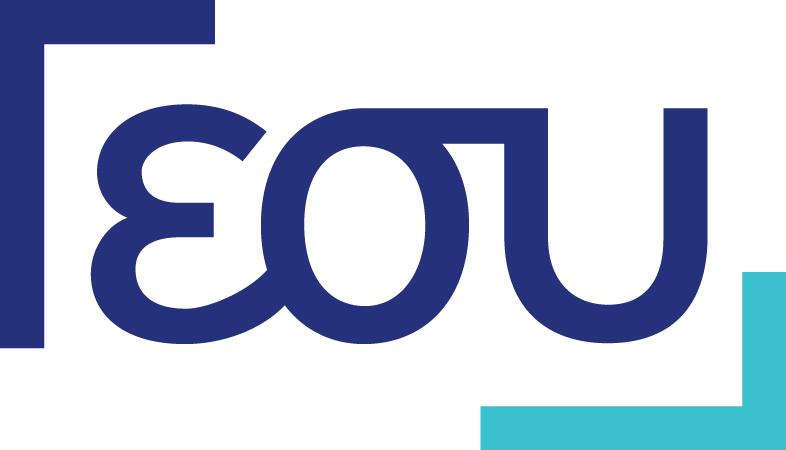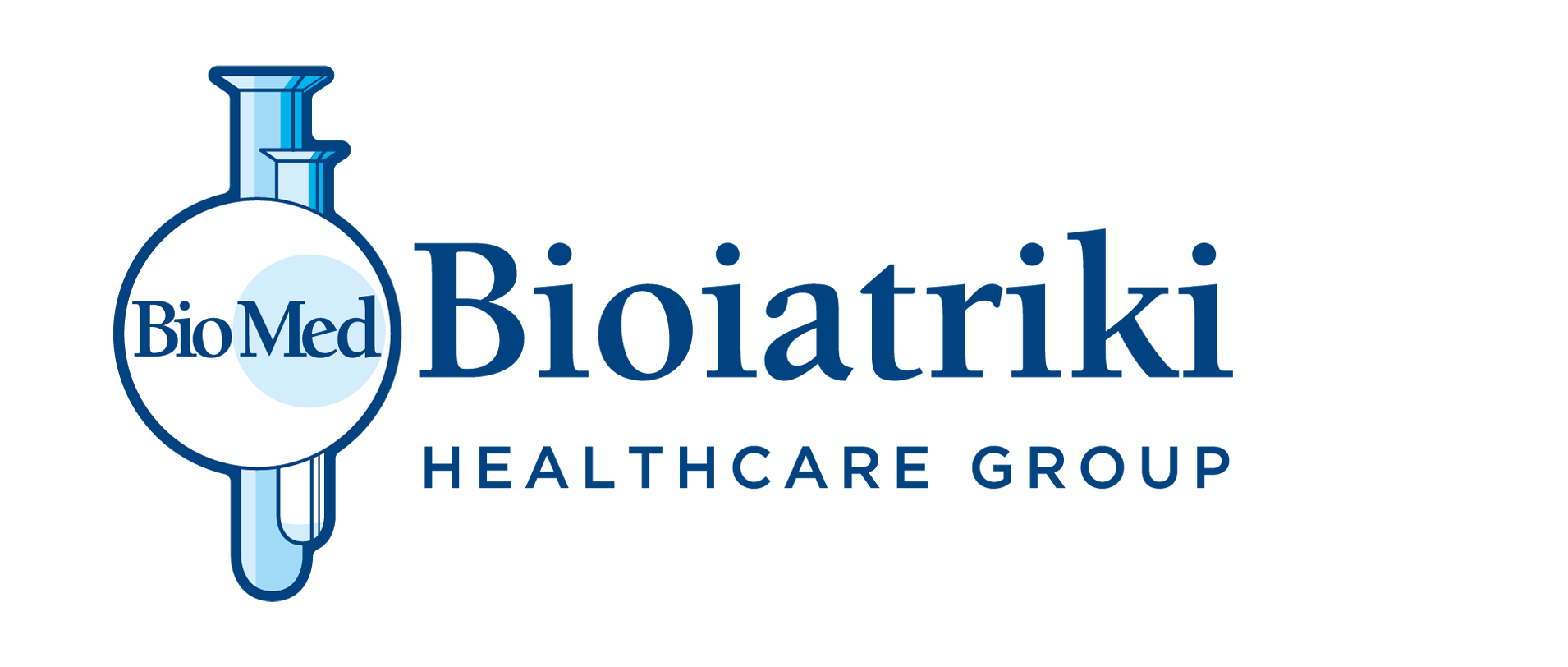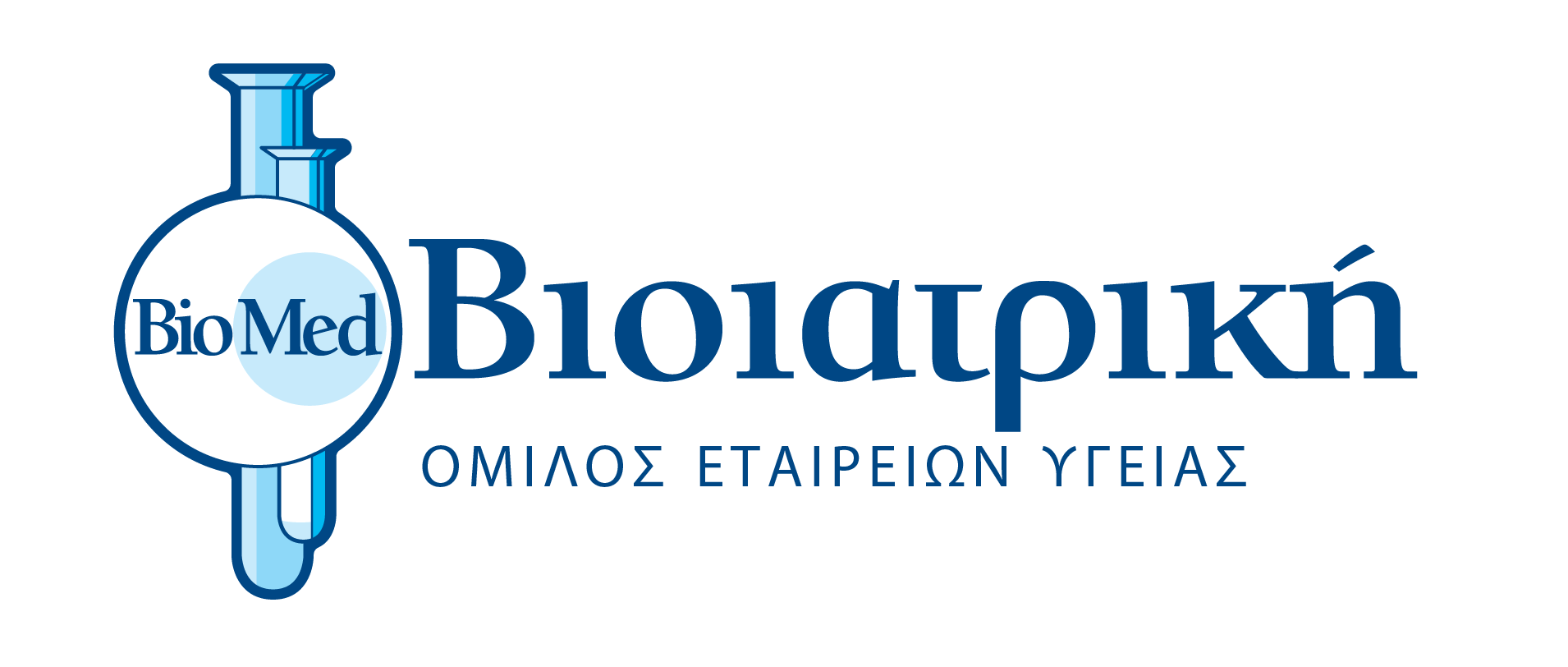By Fotis Kosmatopoulos
Prevention and early diagnosis of breast cancer save lives, which is why every woman owes herself the most precious gift: The necessary screening tests on a regular basis. Thanks to the innovative treatments available in the doctors’ arsenal and today’s technologically advanced medical devices that offer high-resolution digital imaging, breast cancer can be diagnosed early and treated effectively. It is indeed very encouraging that now most women undergo screening tests and are well-informed about the most common form of cancer among them. Through this article, and on International Women’s Day, we present, via a Q&A, the essential information that every woman should know about the screening tests related to the prevention and early diagnosis of breast cancer.
Which are the necessary screening tests for the prevention of breast cancer?
For the prevention and early diagnosis of breast cancer, regular self-examination of the breasts is required. Additionally, clinical examination by a doctor, ultrasound, and digital mammography (for women over 40 years old) are other crucial tests. If a woman detects something suspicious in her breast, she should immediately consult a doctor to guide her on the next steps based on the clinical examination and the imaging findings. The doctor will determine whether further investigation is required or if it is a benign condition that simply needs to be monitored.
What is the proper age to start having mammograms?
According to the guidelines of international and European scientific organizations, annual screening tests are recommended for women of 40 or more years of age. However, it is useful to have a reference mammogram between the ages of 35 and 39 for comparison purposes. At this point, we should also mention that every woman should consult her doctor regarding when she should undergo a mammogram, as in some cases (e.g., monitoring of benign tumors, family history, etc.) an examination may be required earlier or on a more regular basis.
Is there a chance that a mammogram might not detect cancer?
It can happen either due to the use of outdated medical devices with low imaging resolution or due to misdiagnosis. That is why the experience of the medical and paramedical personnel is key for diagnosis, as well as for therapeutic and post-therapeutic monitoring of breast cancer. It is particularly important to emphasize that the latest technology digital mammography devices offer high-resolution images with the lowest dose of radiation. This means that even the smallest tumor (malignant or benign) can be detected without the need for the individual to be exposed to a high dose of radiation. Secondly, they significantly reduce the examination time and the discomfort or pain that a woman may experience during the mammogram due to the pressure on her breasts. Nowadays, modern mammographs have built-in 3D tomosynthesis technology that provides higher accuracy in dense breasts and higher efficacy in the detection of early or small suspicious lesions. Furthermore, some dense breasts may significantly limit the diagnostic value of the examination, and therefore, a complementary ultrasound scan may be deemed necessary.
Is it necessary for an ultrasound to take place in conjunction with the mammogram?
Breast ultrasound is the test of choice for women under 35 years of age. However, there are cases where a doctor may recommend a woman to undergo a breast ultrasound in addition to the mammography. For more reliable results, the ultrasound device must be modern, high definition, with the capability to perform specialized techniques required in breast pathology, such as elastography.










